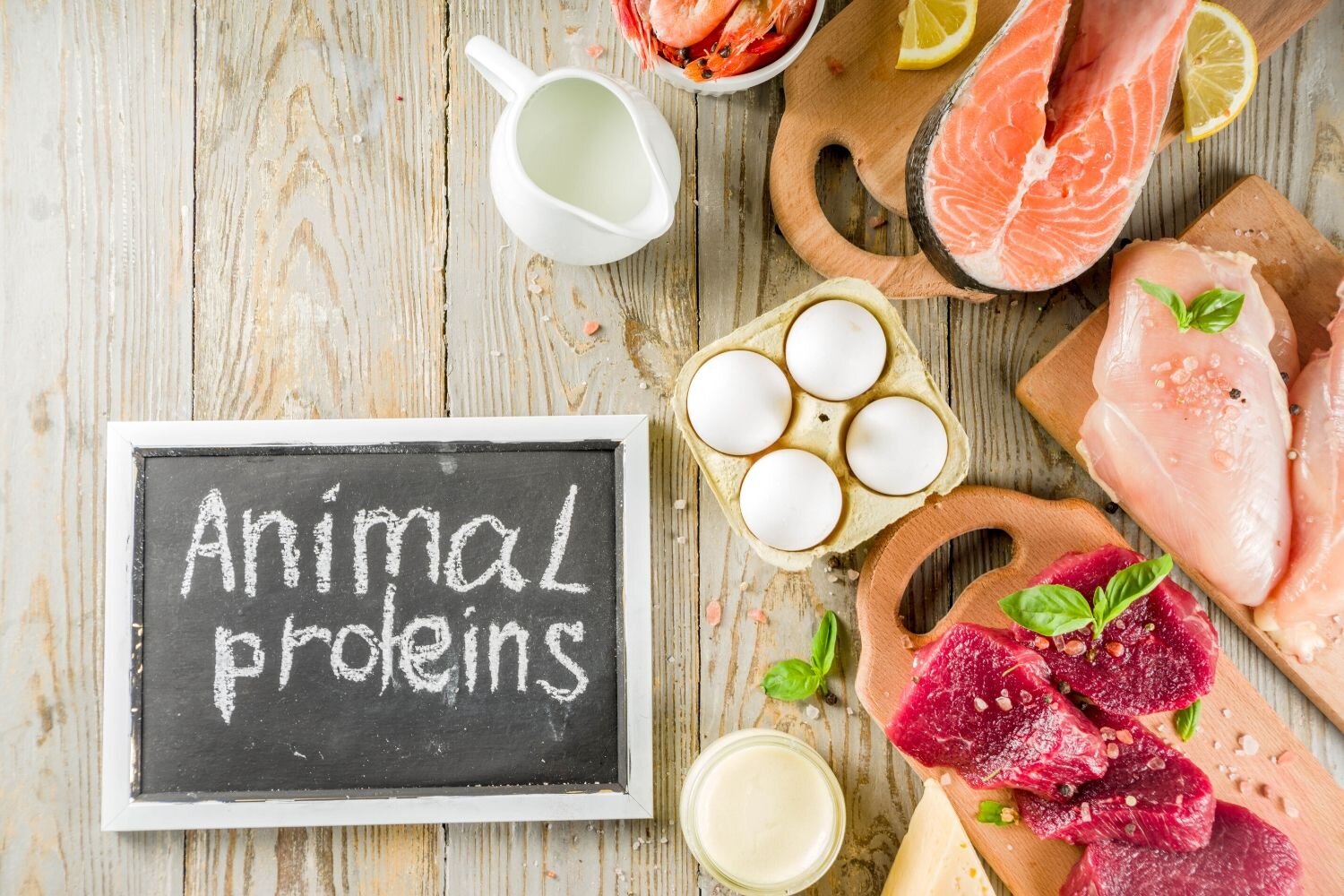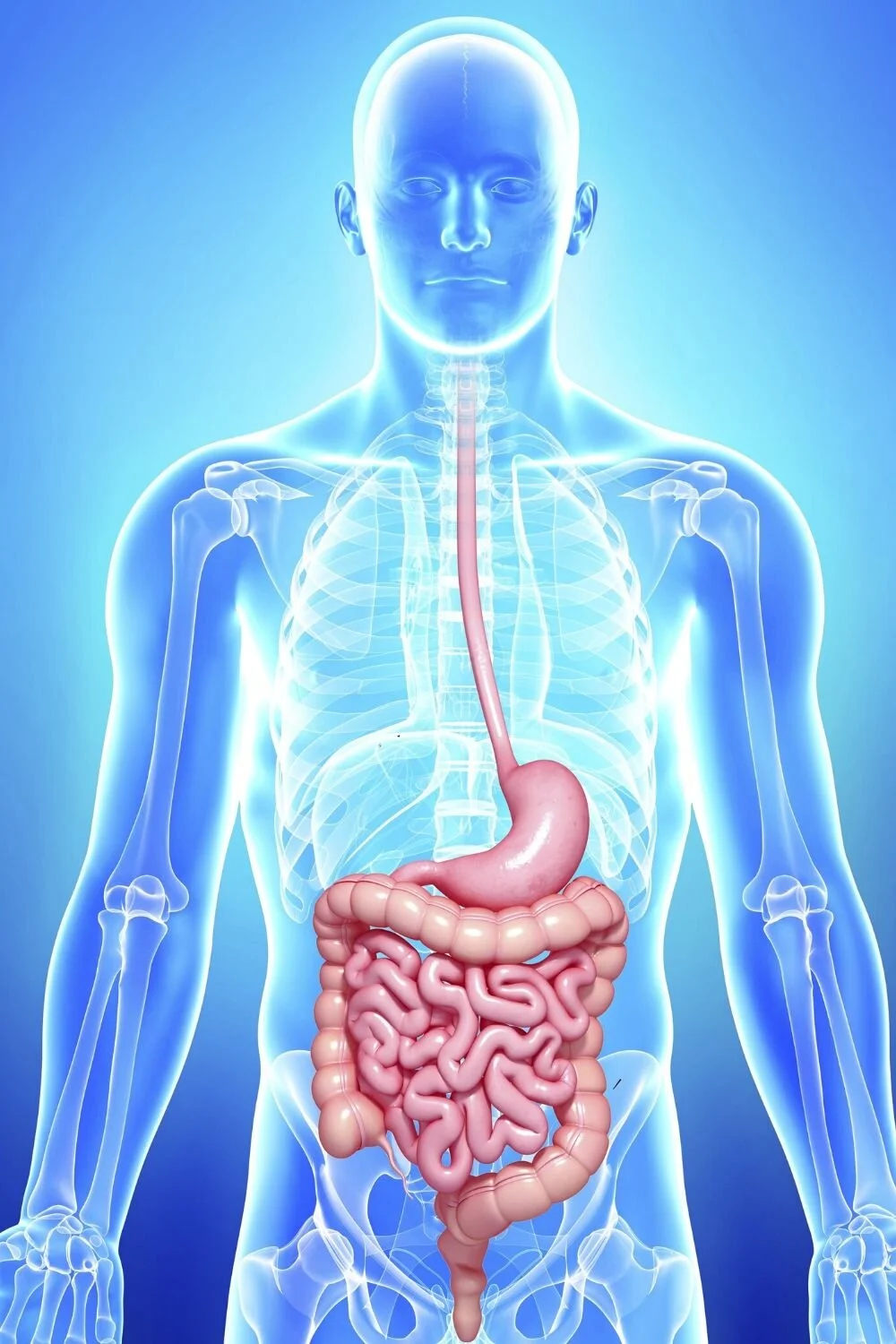PLANT VS. ANIMAL-BASED PROTEIN: WHICH IS BETTER FOR BUILDING MUSCLE?
There Are Decades-Worth Of Questions About Dietary Protein
How much protein is enough? How much protein is ideal? What foods are the best protein sources? Are plant-based protein sources better or worse than animal-based protein sources?
Probably the most common questions relating to fitness over the past few decades up until now are related to dietary protein. Without a doubt, there are many good questions to ask, and a variety of key scenarios in which to relate the answers generally, and then specifically to the circumstances of a given person - you!
Before going any further, most of this post will focus on answering a question that I was asked recently on Instagram, which was “Does the body absorb only 40% from vegetarian protein”. An interesting question to be sure. The spirit of the question, based on the individual who asked really is: “Is plant-based protein sources are less than half as effective as animal-based protein sources for building muscle?”
So that’s the core question that I’ll tackle here! To do that, let’s break things down together bit by bit and then build them back up for science-based answers and practical recommendations that you can use for yourself!
The Main Plant-Based Protein Sources
Recently, the increase in popularity of plant-based nutrition has resulted in an increased variety and availability of a number of vegan protein sources beyond the initially popular soybean-based products.
These include from peas, beans, lentils, rice, legumes, oats, hemp, quinoa, chia seed, tempeh, nuts, spirulina, wheat and other whole grains including millet, spelt and barley. This is only a partial list, but the majority of plant-based protein-rich foods will contain these ingredients on their own or in a variety of combinations. If you are contemplating veganism, the above list will be a great resource to begin identifying sources you might want to consider for your day-to-day nutrition.
The Amino Acid Composition of Plant-Based Protein Sources
Protein molecules are comprised of individual units called amino acids, which are arranged in an enormous variety of combinations to produce the final protein. There are twenty-two naturally-occurring amino acids. Any given protein may contain any and/or all of these amino acids.
Sulfur-containing amino acids are limited in legumes such as soybeans, fava beans, lentils and peas. In cereals like wheat and maize, lysine is the first limiting amino acid. Of the amino acids, nine are considered to be “essential amino acids” (EAAs) because the human body cannot synthesize them, and we must get them from the foods we eat. Therefore, low content of any essential amino acid could theoretically limit the rate of muscle protein synthesis.
Any protein source which contains all 9 essential amino acids is considered to be a “complete protein source”.
Amino acid composition is unfortunately just the first step. Overall “protein quality” depends on the ability of the body to digest, absorb and actually incorporate the amino acids from a food source into necessary processes of growth and repair, and in the context we’re discussing, into skeletal muscle.
Digestibility of Plant-Based Protein Sources
Amino acid composition combined with relative digestibility of a given protein source is measured on a scale known as the PDCAAS (Protein Digestibility Corrected Amino Acids Score). Proteins are then given a score up to 100% for amino acid content and digestibility. Among common plant-based sources, only soy protein isolate is considered “complete”.
Wheat gluten, with a PDCAAS of 25% is among the lowest. By comparison, casein, whey, whole milk and eggs are considered complete animal based proteins (100%). “Red meat” has a score of 92%.
Lower PDCAAS scores can be due to low digestibility and/or absence of any of the EAAs. There are other measurements of protein quality, which I will not discuss here for the sake of simplicity and relevance.
From a physical standpoint, the molecular structure of plant-based proteins may differ quite significantly from animal-based proteins. Additionally, plant-based foods are more fibrous, with some types of fiber considered indigestible by humans, and whole plants requiring greater physical breakdown (chewing, and physical breakdown in the gut) during the process of digestion.
These structural challenges along with the presence of other plant-based molecules (such as phytic acid, protease inhibitors, hemagglutinins, glucosinolates, tannins, and gossypol) reduce plant protein bioavailability. It should be noted that heat treatment and other processing approaches may be used for plant-based protein sources to reduce the effect of some of these compounds and make the protein more available to the body.
Stimulation of Acute Skeletal Muscle Protein Synthesis
A range of studies both in animals and humans (both young and older [a setting of increased protein needs and muscle mass loss]) have demonstrated increased rates of skeletal muscle protein synthesis both at rest (no exercise) and following resistance training for the ingestion of whey vs soy protein. When casein was evaluated relative to whey and soy, casein had the lowest rate of stimulated MPS, likely due to a low rate of digestion and not overall digestibility.
Long-Term Increases In Skeletal Muscle Mass
Over longer periods of time (ranging from 12-36 weeks), a similar trend to increased increased muscle mass, lean body mass, type 1 and type 2 skeletal muscle fiber cross sectional area, muscle thickness and in older individuals, reduced muscle loss were all superior in those provided whey vs plant-based protein sources.
Interestingly, some studies have shown the deficit to be as severe as between 28% over the course of a 12-week (3 month) study to 45% over the course of a 36-week (9 month) study. If taken at the extreme, this could mean an almost 2-fold benefit of (equal amounts of) whey protein vs plant-based protein over ¾ of a year - the majority of an annual training macrocycle!
However, other studies have shown that increasing total quantities of plant-based protein can minimize the deficit and bring lean mass gain, or reduction in lean mass loss (in older individuals) to a point almost equal with that for consuming whey protein. In one such study, pea protein with a similar leucine (an EAA) content to whey was used for the study.
Despite variability, the great majority of the scientific studies conducted both in animals and in humans, indicate that at similar levels of protein intake, animal proteins provide a greater positive impact on the rate of muscle protein synthesis over the short course, and on measures of body composition, including in response to resistance training as compared with plant-based proteins over longer time courses.
Top 5 Practical tips For plant-based gains
The following strategic recommendations have been validated in scientific studies.
Increasing total protein intake: If you are vegan, increasing the total quantity of plant-based protein that you eat will provide improvement in sMPS and lean mass gain. For example, 40 g instead of 20 g of soy protein, or 60 g of wheat protein, which would have a leucine content similar to 35 g of whey protein.
Consuming a wide variety of plant-based protein sources will increase the likelihood of obtaining all EAAs in amounts essential for enhancing the rate of sMPS and overall muscle hypertrophy (or reduction in muscle mass loss if you are older)
Supplement with EAAs or BCAAs: Because the amino acid profile of most plant-based protein sources are limited, consider supplementing with essential amino acids and / or branched-chain amino acid supplements. There are many options available on the market for each, and identifying ones suitable for your use should not be challenging.
Direct Blending of Plant-Based Protein Sources: The complementary amino acid profiles of cereal-based foods and legumes make them ideal for mixing together. Combining these should theoretically compensate for the lower anabolic capacity of each food type individually. This idea has been tested successfully in rats, but additional human studies would be necessary to provide further evidence for the benefit of this approach
Combining Plant & Animal-Based Protein Sources: Initial studies looking at combining milk and soy proteins suggest an equivalent effect on muscle protein synthesis as compared with milk-based proteins alone. This approach may be an option for those attempting to begin incorporating plant-based proteins into their diet on an incremental basis.
In general, while more research needs to be done in this area, the consensus at this time suggests that for those consuming an entirely plant-based diet who are simultaneously aiming to increase lean muscle mass, or minimize loss of lean muscle tissue, strategies may need to be employed to optimize the diet. Plant-based proteins have, on an equivalent basis been shown to have a lower anabolic effect in the short-term on muscle protein synthesis, and on both increases in muscle mass in protecting against the loss of lean tissue.
However, it is encouraging that very practical evidence-based approaches exist in order to functionally eliminate this deficit.
Next up in the series, a look at long-term health effects from plant vs animal-based protein rich diets
What’s your opinion of plant-based vs animal-based nutrition for muscle gains and overall body composition? Let me know in the comments!







